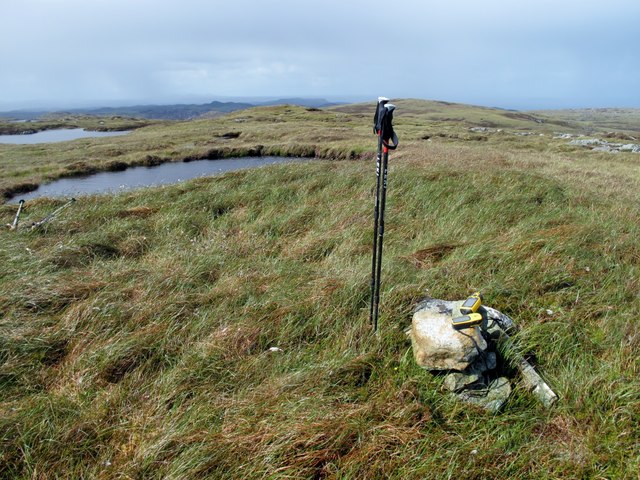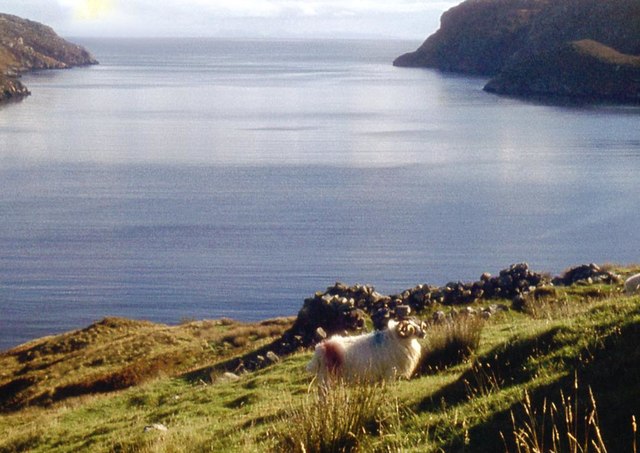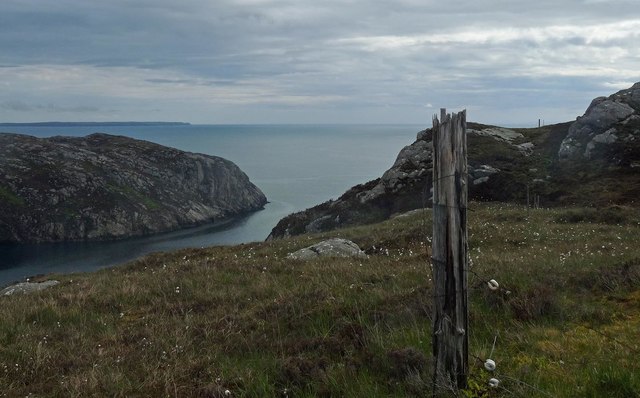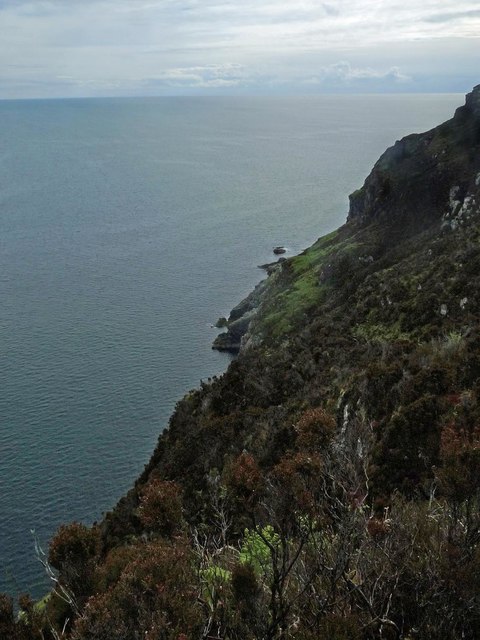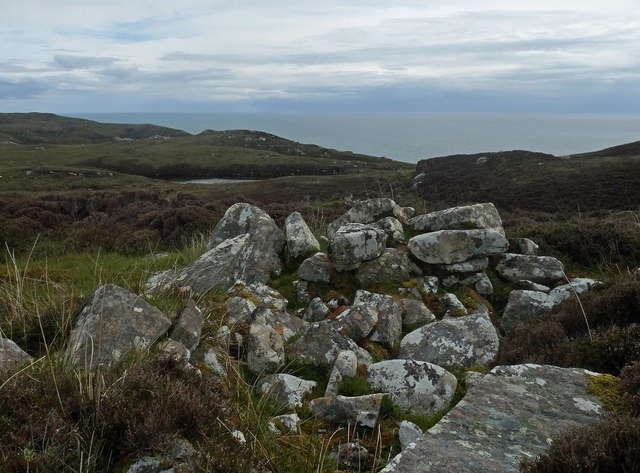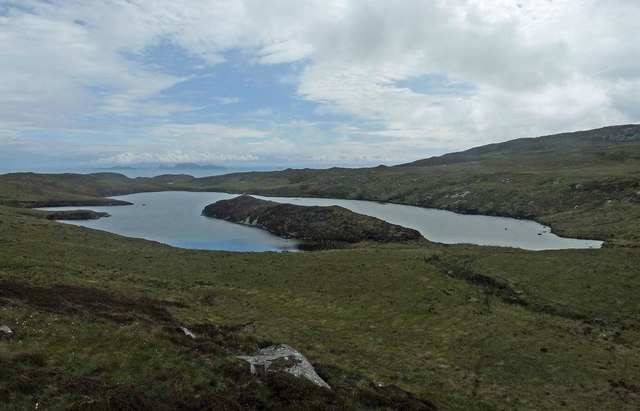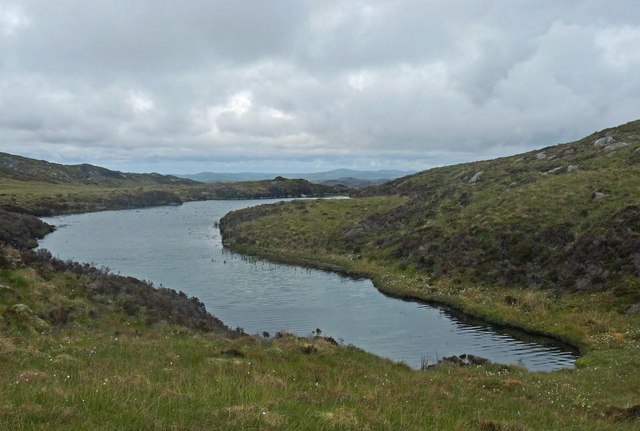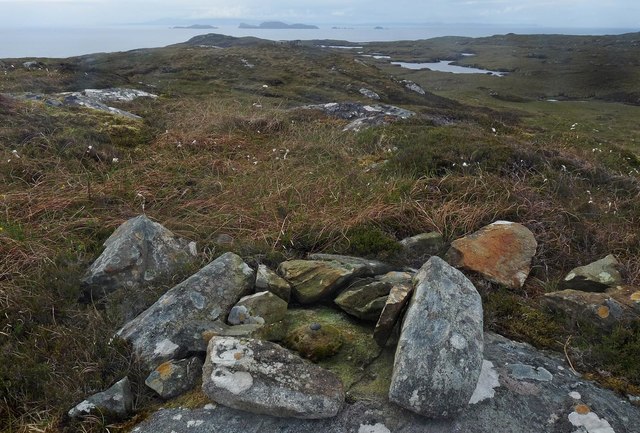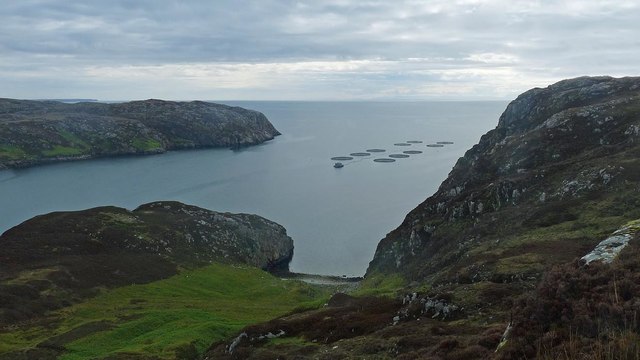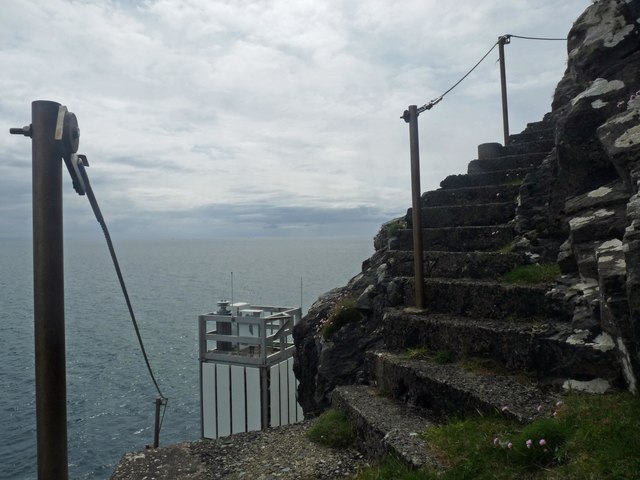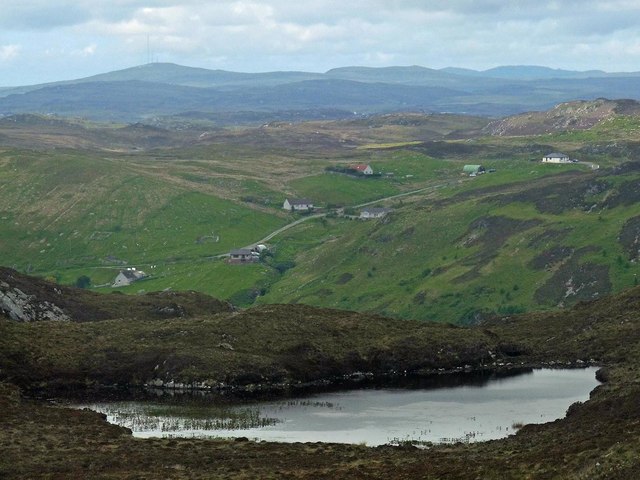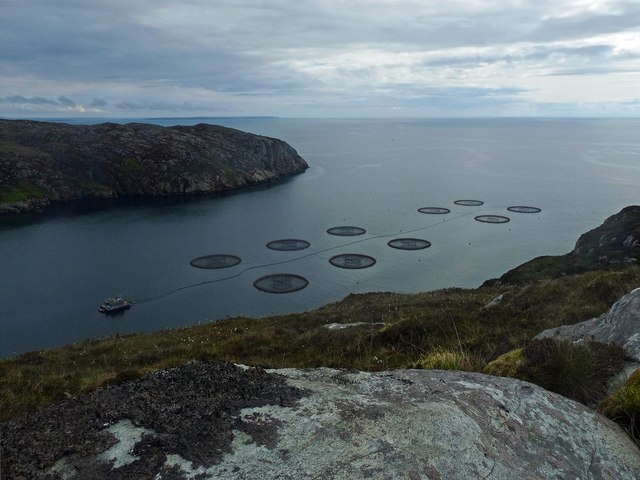Lochan nan Cnàmh
Lake, Pool, Pond, Freshwater Marsh in Ross-shire
Scotland
Lochan nan Cnàmh
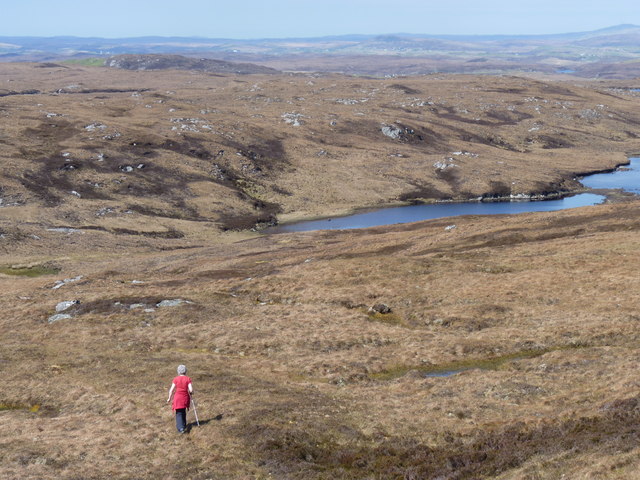
Lochan nan Cnàmh is a picturesque freshwater loch located in Ross-shire, Scotland. Situated amidst the beautiful Scottish Highlands, this loch serves as a significant natural feature in the region. The name "Lochan nan Cnàmh" translates to "loch of the caves" in English, referring to the numerous small caves that surround the loch's perimeter.
Covering an area of approximately 10 hectares, Lochan nan Cnàmh is relatively small in size compared to other lochs in the area. It is characterized by its calm and tranquil waters, reflecting the stunning mountainous landscape that surrounds it. The loch is fed by small streams and springs, ensuring a constant flow of fresh water.
The loch serves as an important habitat for a variety of flora and fauna. Its shores are adorned with lush vegetation, including reeds, grasses, and shrubs. This rich plant life provides a habitat for small mammals, birds, and insects that thrive in the area. The loch itself is home to various species of fish, such as trout and salmon, which attract anglers and fishing enthusiasts.
Lochan nan Cnàmh is a popular destination for nature lovers, hikers, and photographers. Its serene and idyllic setting offers breathtaking views of the surrounding mountains and reflects the rugged beauty of the Scottish Highlands. Visitors can enjoy leisurely walks around the loch, observing the diverse wildlife and taking in the tranquility of the natural environment.
Overall, Lochan nan Cnàmh is a captivating freshwater loch that showcases the natural splendor of Ross-shire. Its picturesque surroundings and abundant wildlife make it a must-visit destination for those seeking a peaceful and immersive experience in the Scottish Highlands.
If you have any feedback on the listing, please let us know in the comments section below.
Lochan nan Cnàmh Images
Images are sourced within 2km of 58.032315/-6.3714955 or Grid Reference NB4213. Thanks to Geograph Open Source API. All images are credited.
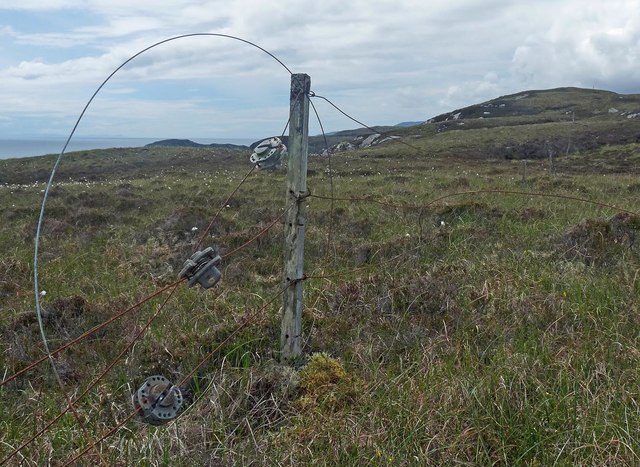


Lochan nan Cnàmh is located at Grid Ref: NB4213 (Lat: 58.032315, Lng: -6.3714955)
Unitary Authority: Na h-Eileanan an Iar
Police Authority: Highlands and Islands
What 3 Words
///blanked.hamsters.coarser. Near Leurbost, Na h-Eileanan Siar
Related Wikis
Calbost
Calbost (Scottish Gaelic: Calabost) is a village on the Isle of Lewis in the Outer Hebrides, Scotland. Calbost is within the parish of Lochs, and within...
Eilean Liubhaird
Eilean Liubhaird or Eilean Iubhard is an island in the Outer Hebrides, to the east of Lewis. == Geography and geology == The rock is "gneiss bedrock with...
Gravir
Gravir (Scottish Gaelic: Grabhair), is a village on the shore of Loch Odhairn (a sea loch) in the Park district of the Isle of Lewis. Gravir is within...
Orinsay
Orinsay (Scottish Gaelic: Orasaigh) is a crofting village on the Isle of Lewis in the district of Pairc, in the Outer Hebrides, Scotland. The settlement...
Have you been to Lochan nan Cnàmh?
Leave your review of Lochan nan Cnàmh below (or comments, questions and feedback).
